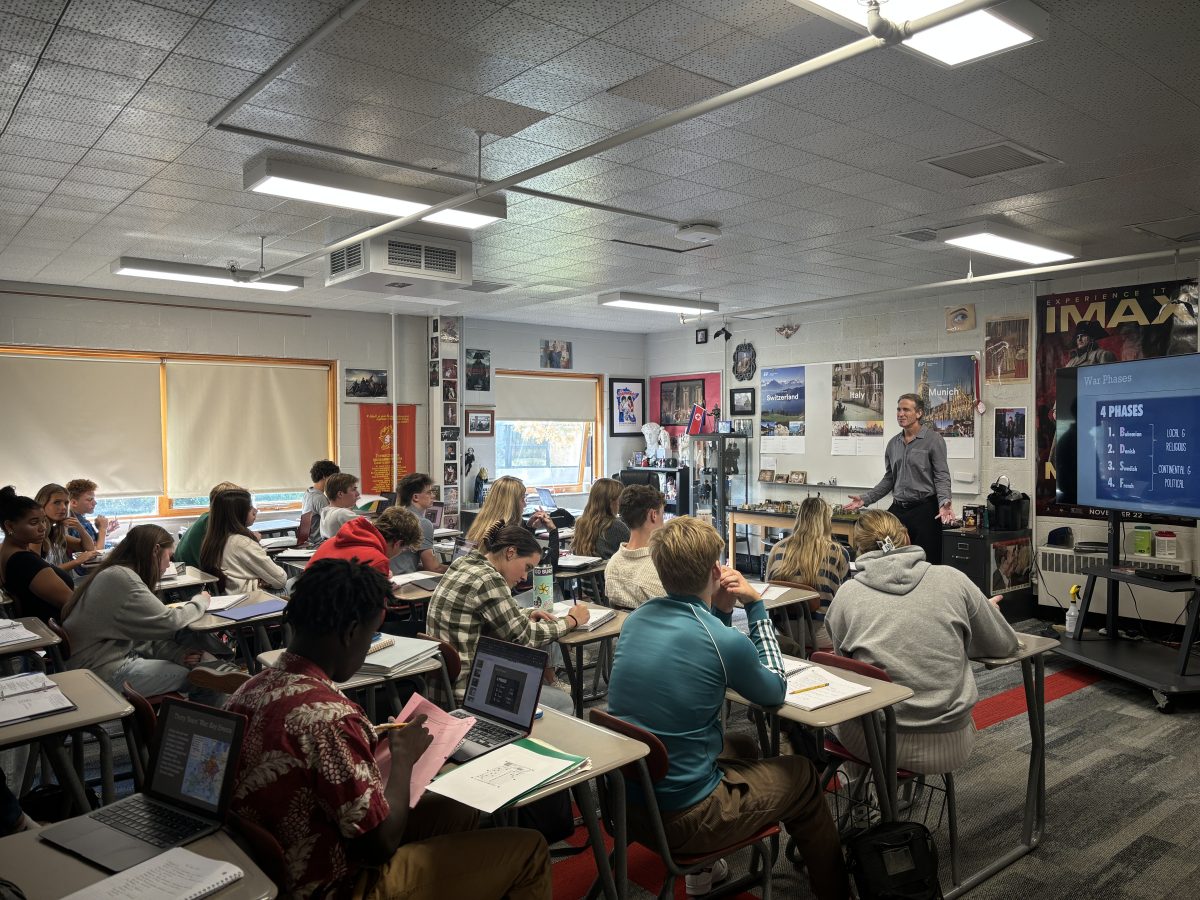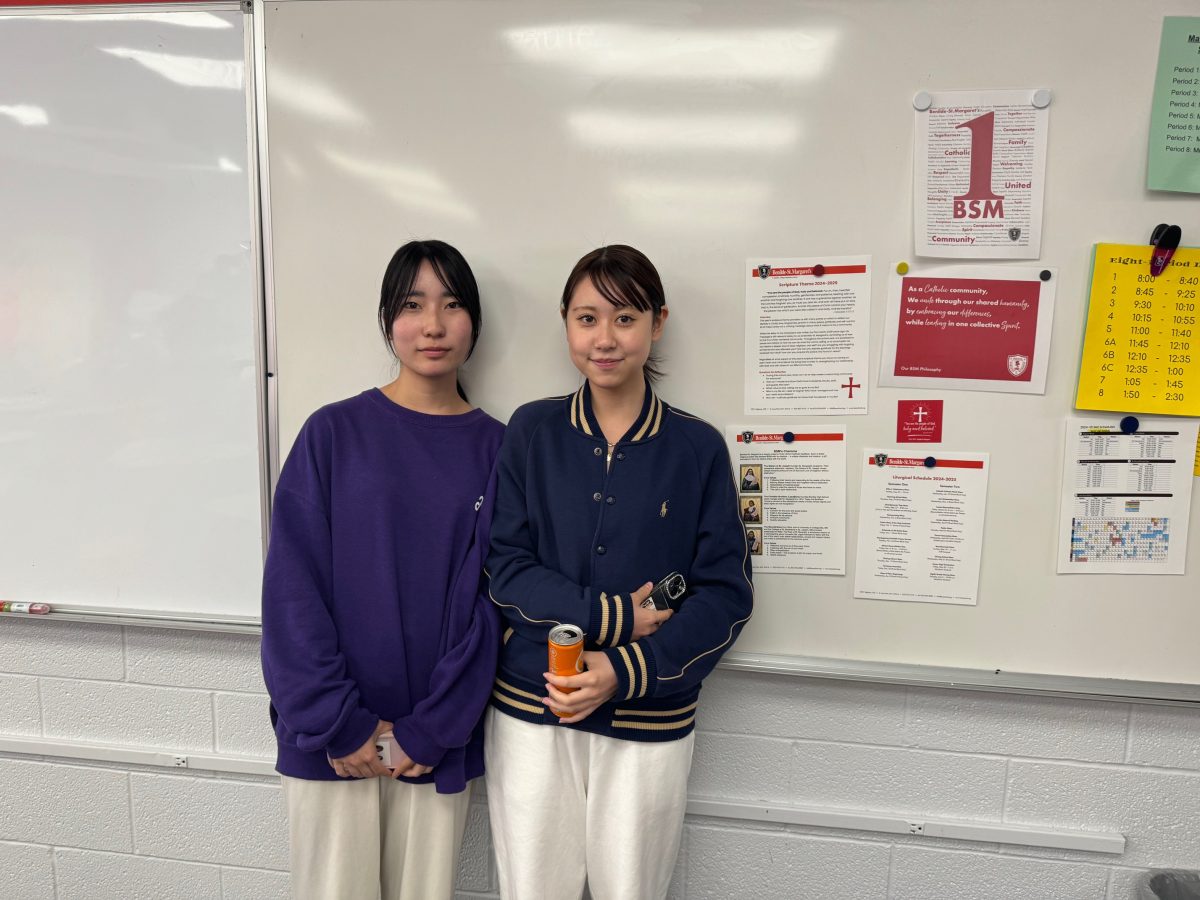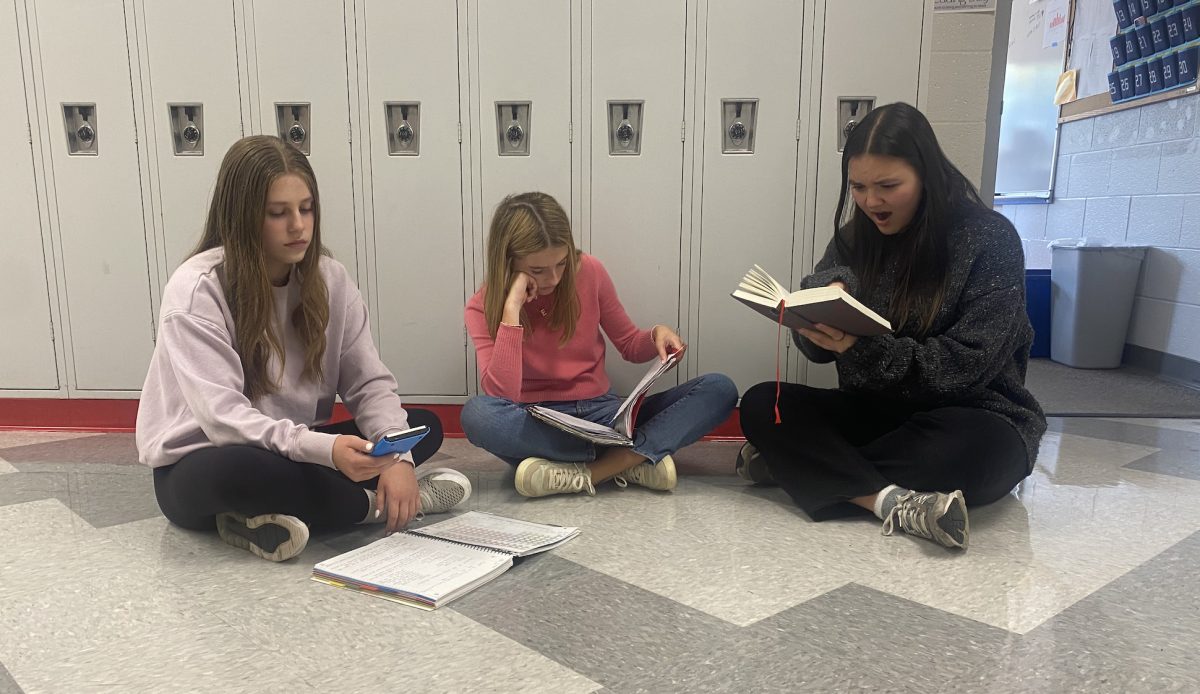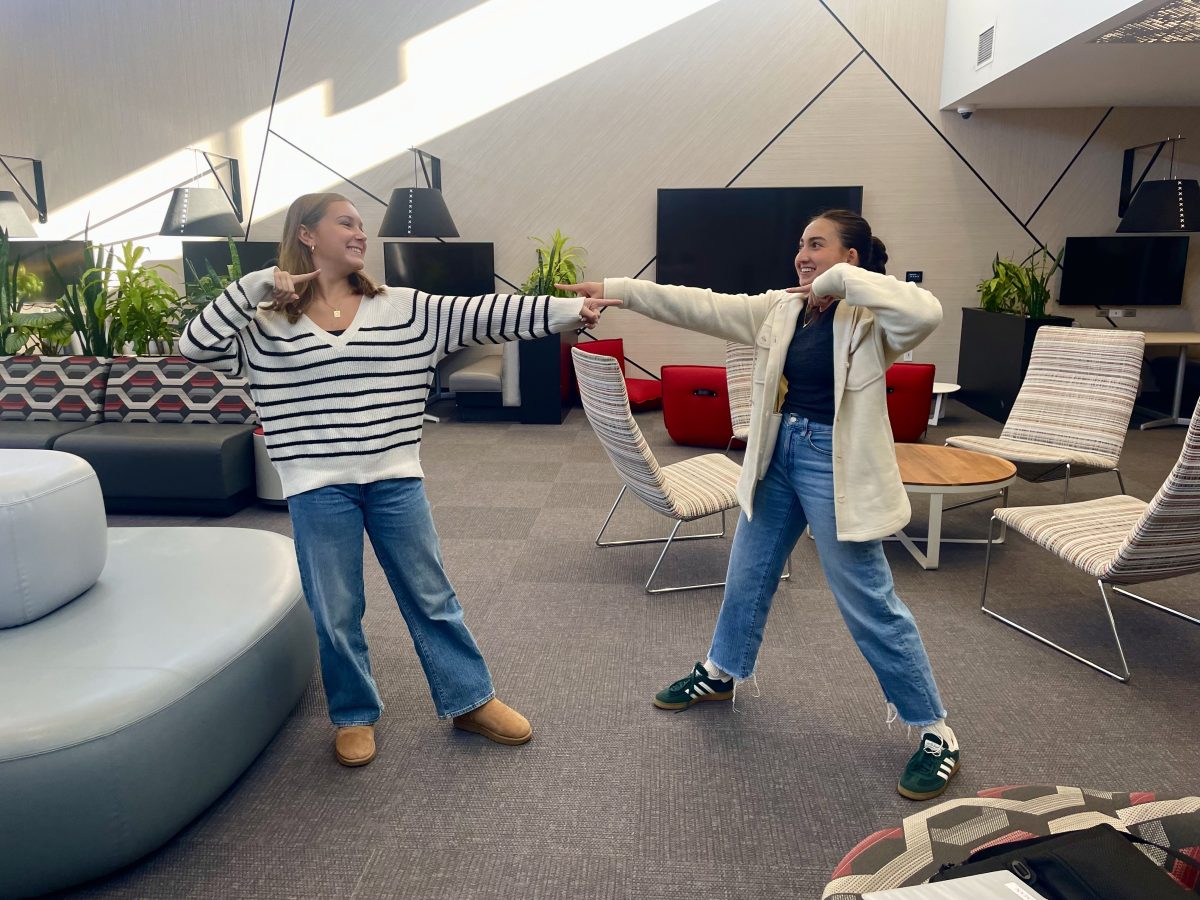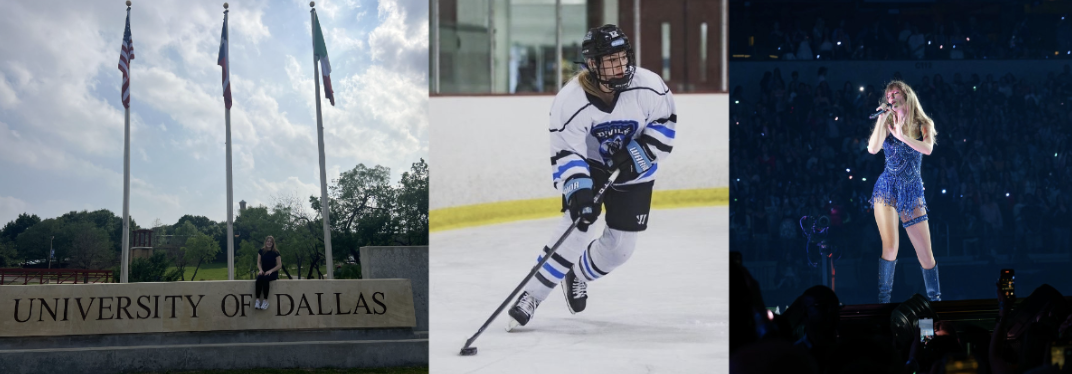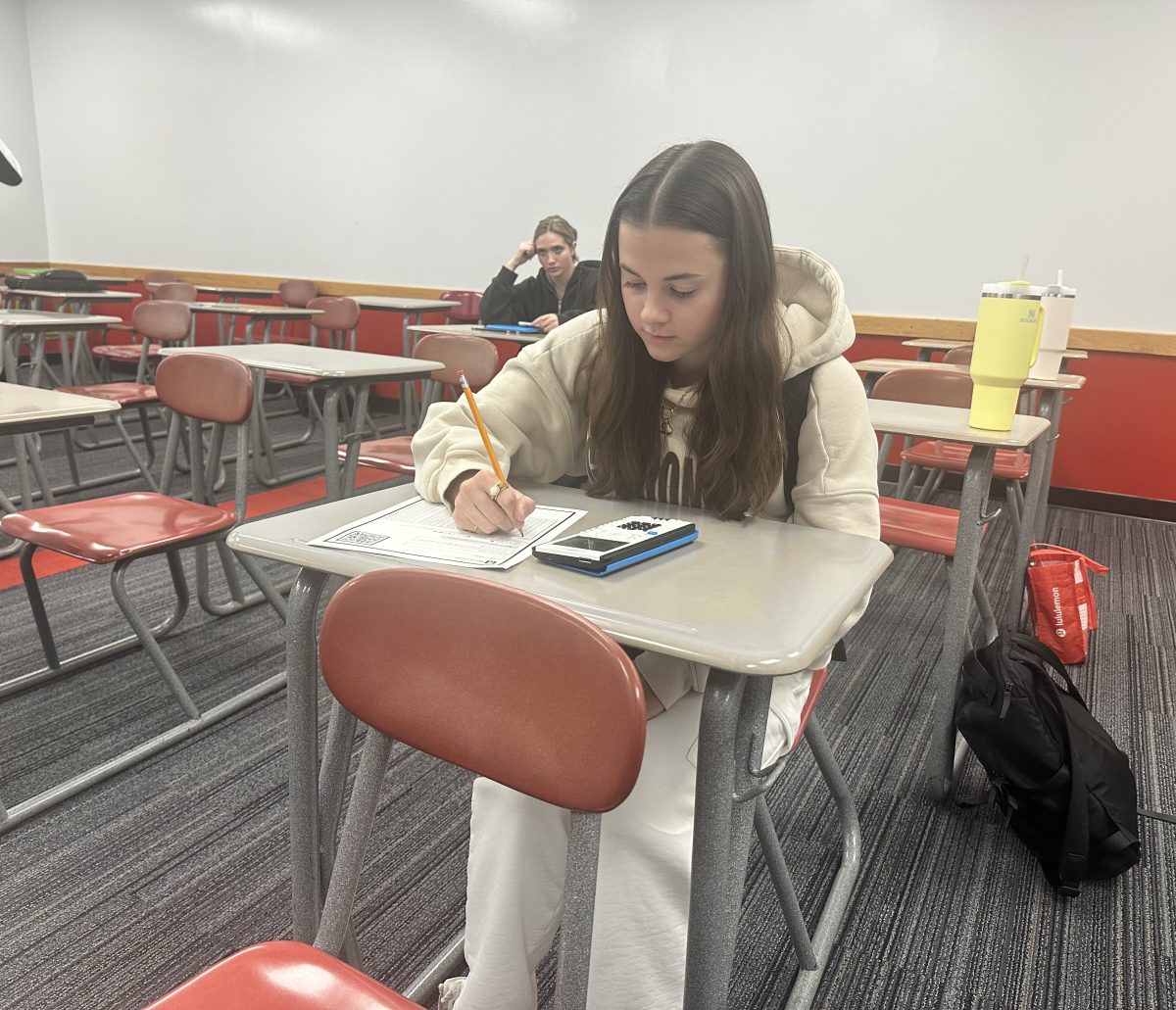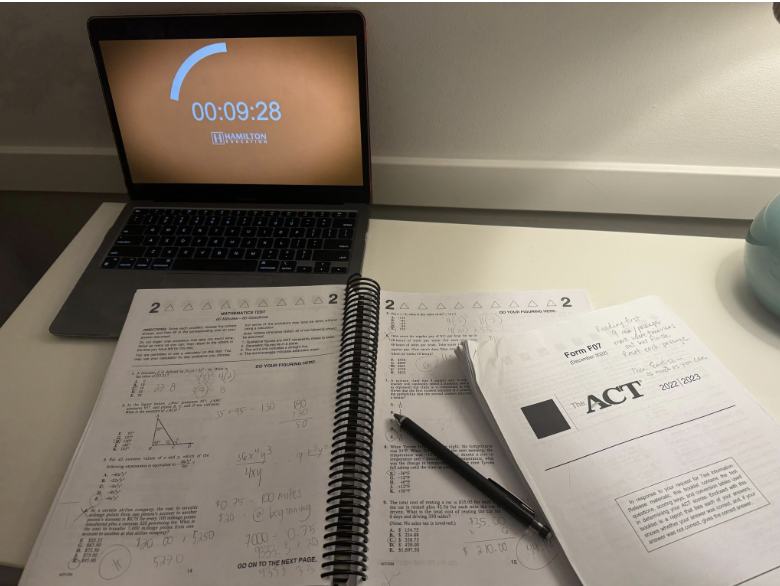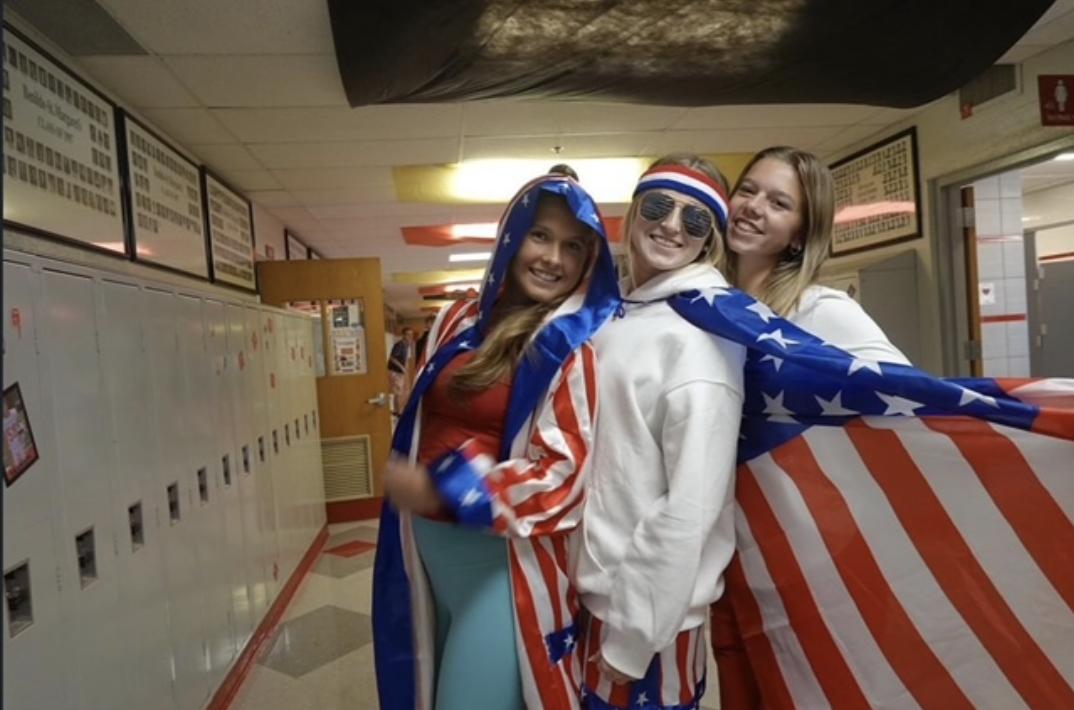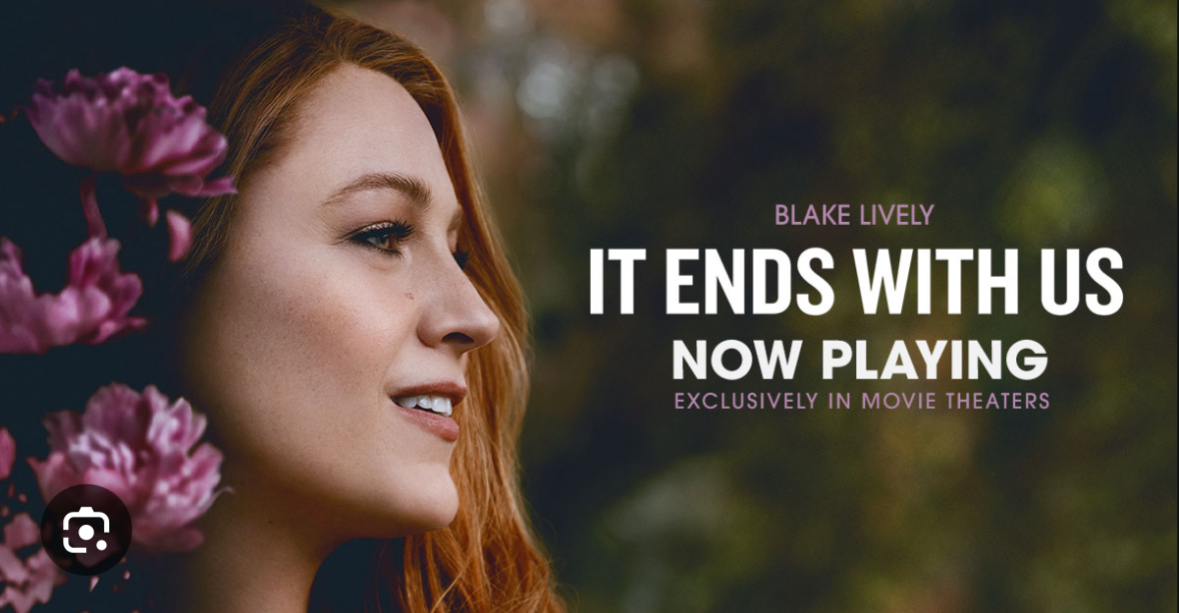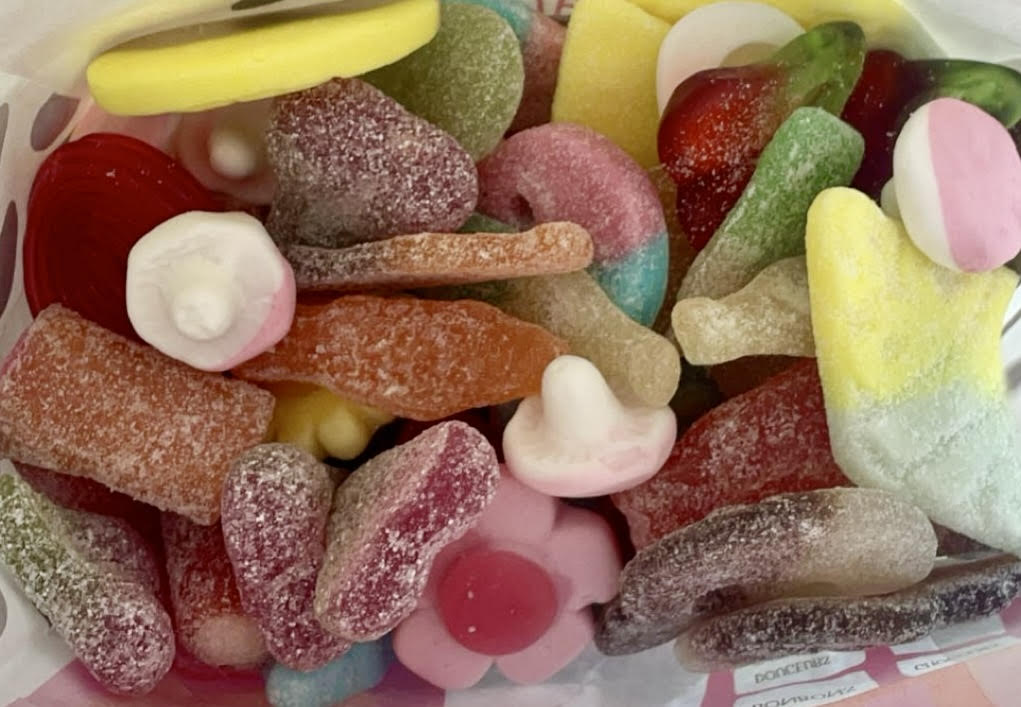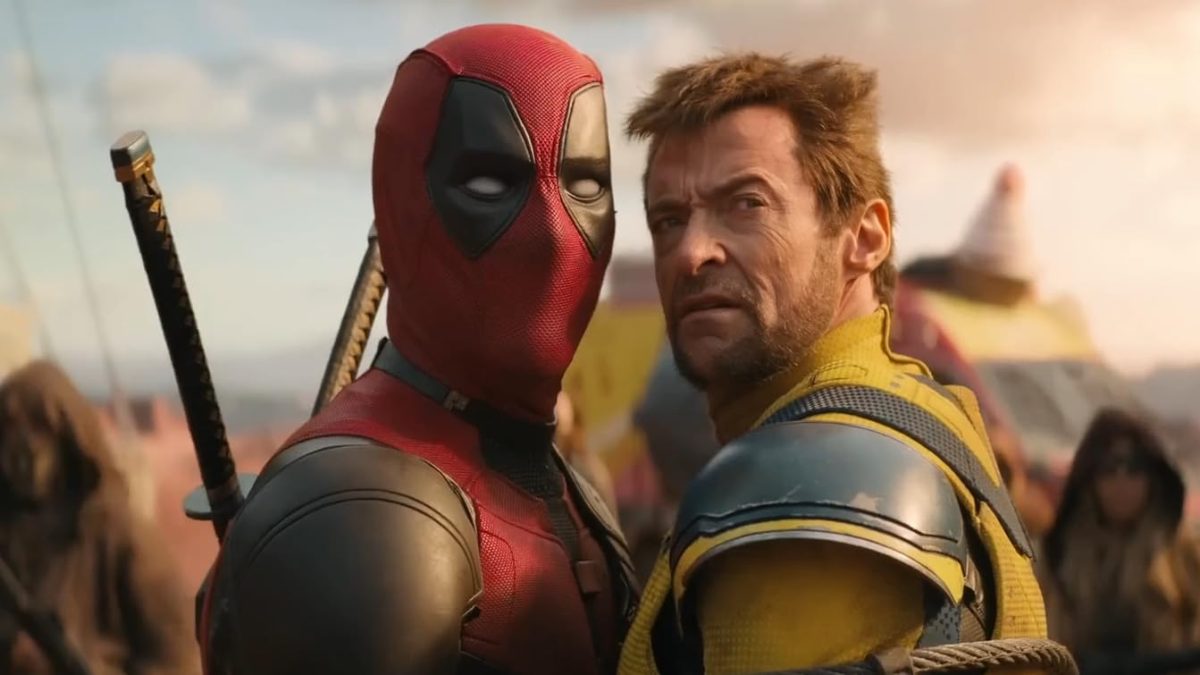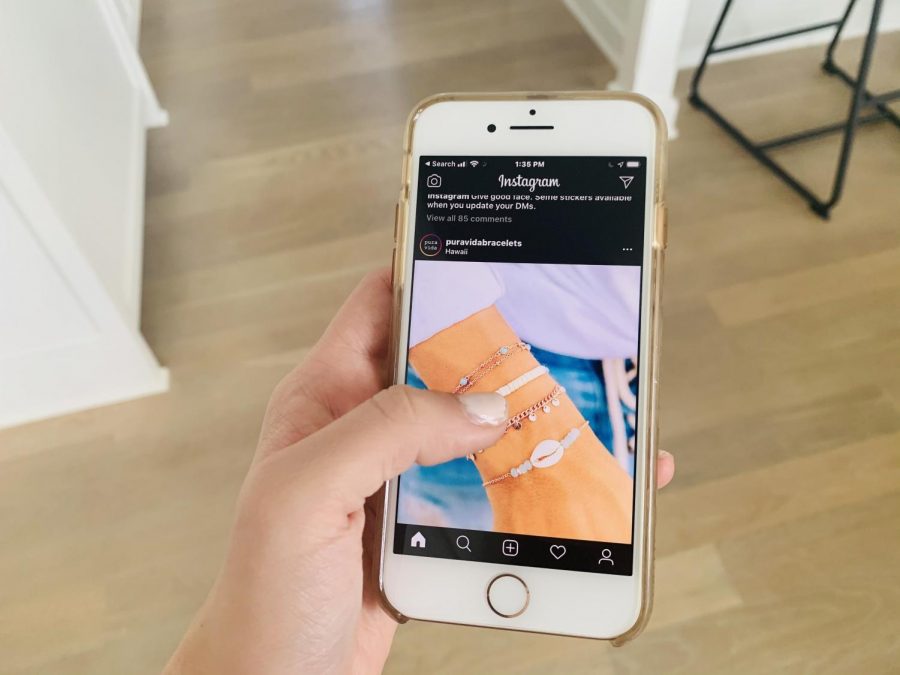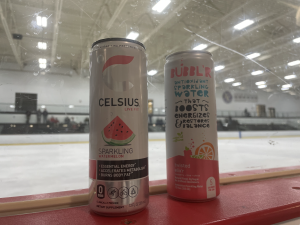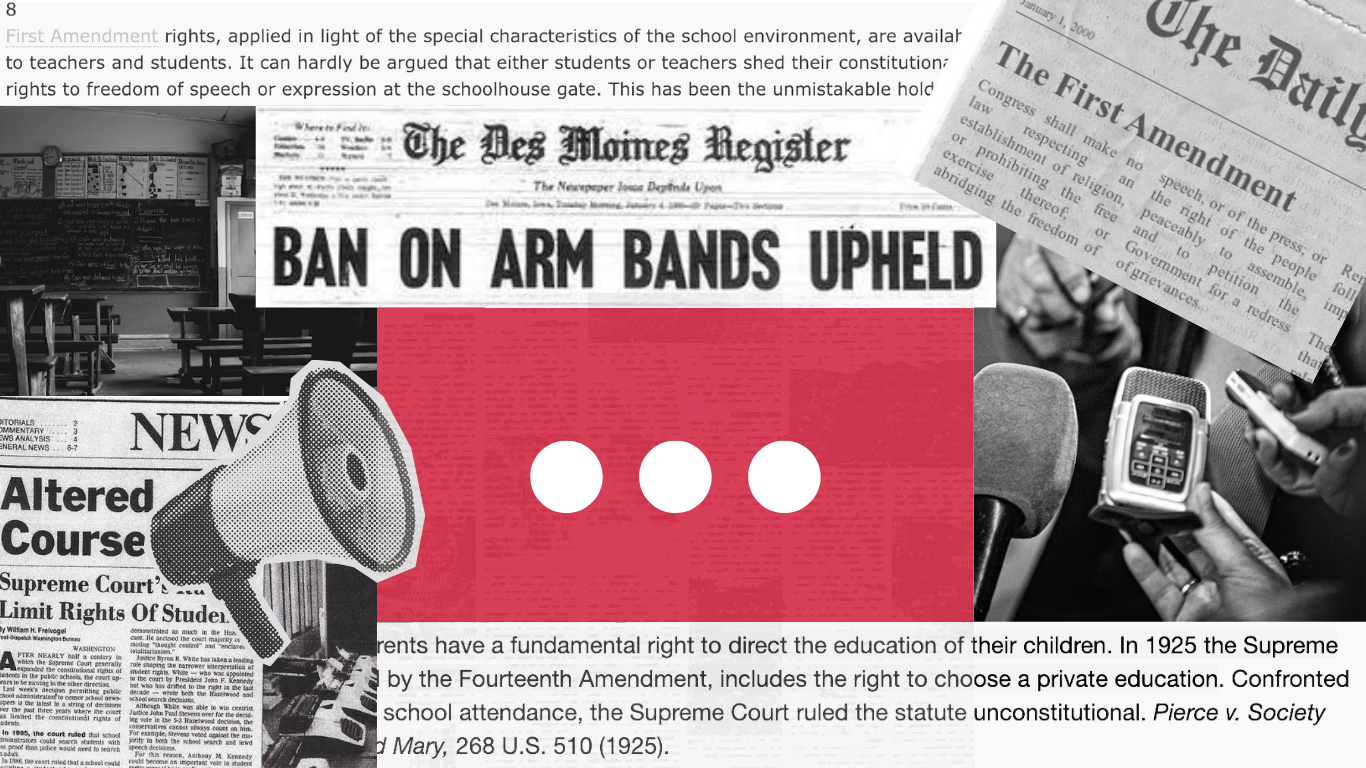During chaotic times, social media both helps and hurts teens
Social media is a big part of many teenagers lives, but it can be hard to tell whether platforms have a more positive or negative impact.
November 8, 2020
During this time of isolation, social media use is more engaged in than ever. However, many teens do not know whether social media is more helpful or harmful to their overall health.
When the COVID-19 pandemic shut down in-person gatherings, many teenagers turned to social media to provide consolation and connect with friends. For many, social media platforms such as Instagram and Snapchat allowed users to share their quarantine experiences and keep in touch. “Social media did help me during quarantine because we were all by ourselves together…I could be away from my friends but still see them. I didn’t feel as lonely as maybe others did,” freshman Hilaire Mulchahy said in an email interview.
In addition to connection, social media can also offer solace in a time of trauma. Students feeling alone, stressed, and hurt can learn about similar stories on social media; hearing other people’s stories can help teens feel connected and welcomed. For example, when the #MeToo movement began gaining momentum, victims gained strength by hearing of others’ experiences. The hashtag encouraged others to speak up, and many people found a voice through social media. Movements like these allow people to overcome their trauma by speaking about their experiences and hearing others’ stories. “So many more people have come out about their experiences because of that hashtag, and that was a really good thing,” senior Gaby Pascoe said in an email interview.
Other students use social media as a creative outlet; social media platforms make it easy for users to gain recognition for unique talents and skills. By finding other users that have similar interests, teens can discover new hobbies, share ideas, and even build online friendships. “[Social media] is such a melting pot of ideas that you can easily find someone with the same interests,” senior Ernesto Rios-Diaz said in an email interview.
In the past 10 years, social media has radically changed the world. Companies use social media as their primary forms of advertising, “influencers” use their follower status to sponsor products, and political candidates use social media as a large campaigning tool. With so much information being thrust at them, teens can have a hard time navigating these changes, and many have contradicting feelings about the effect of social media on society. “I think social media can help society in the sense it brings us together, but at the same time social media can be really bad too. It can be cruel and mean,” Mulcahy said.
While some students see social media as a positive place to connect with others and escape reality, some stray away from the platforms because of the negative impact they can have on teens. Social media platform creators didn’t have the intent of bringing criticism into lives; the platforms were originally meant to be positive connection spaces. However, some people have inevitably turned to criticism and bullying on social media. “For some reason, we have the need to criticize something even if no one is asking for our opinion, we still feel the need to give it to someone,” Pascoe said.
Social media affects people of all ages, and with parents allowing younger kids to use these platforms, negative results can come of it. Teenagers, but especially kids, are heavily influenced by their surroundings. While that can be good in a positive environment, oftentimes social media can skew authentic perceptions. For example, kids are exposed to unrealistic beauty standards and editing, as well as explicit content at an early age. “I just wish parents were more strict with social media because these kids are exposed to a world they are not even close to being ready for,” Pascoe said.

